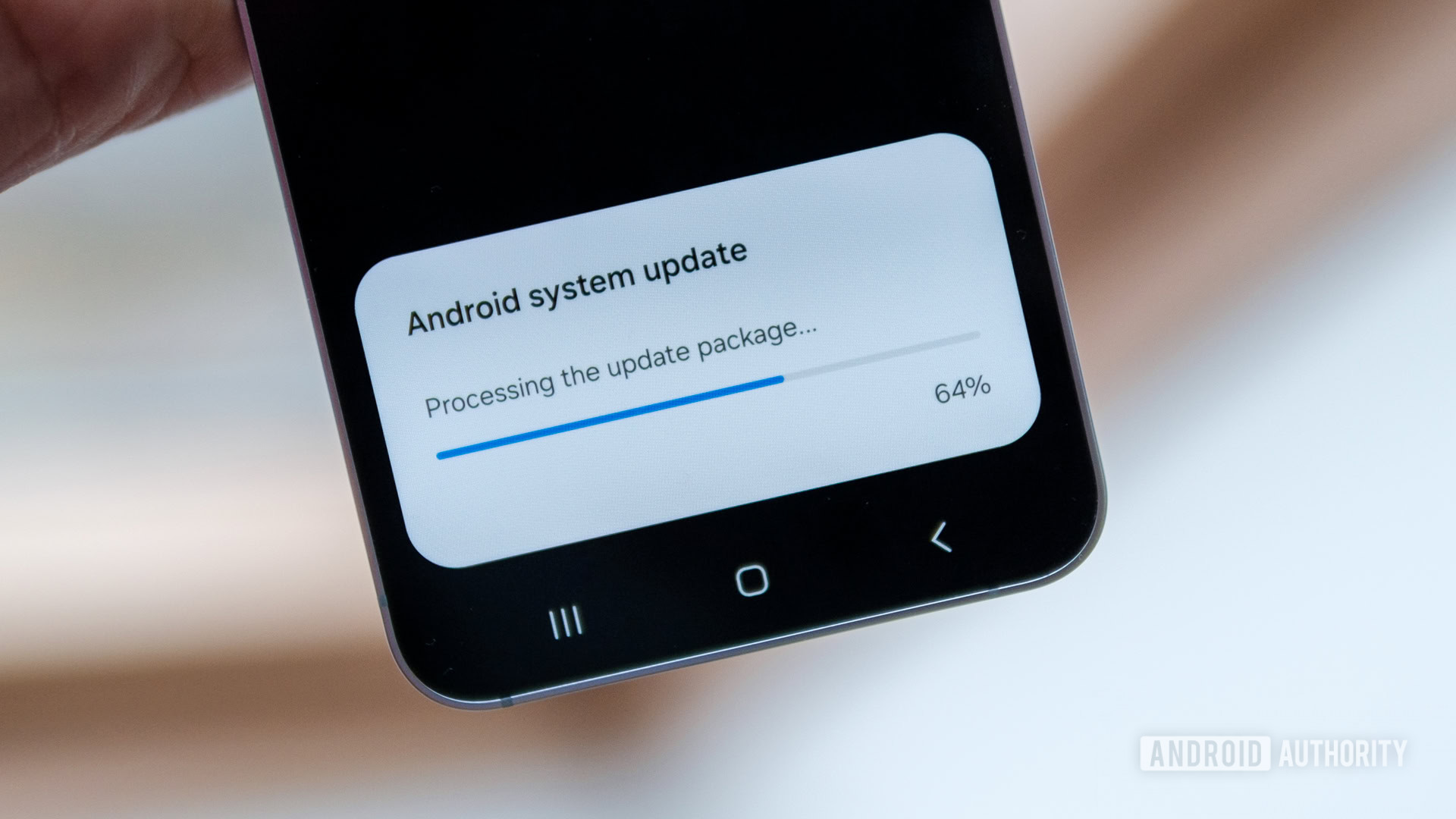Managing DNS with Namecheap, Cloudflare and Terraform: A Complete Guide
Managing DNS with Namecheap, Cloudflare and Terraform: A Complete Guide Setting up your domain's DNS can be a tedious manual process, but with infrastructure as code tools like Terraform, you can automate these configurations and ensure consistency across environments. In this guide, we'll walk through how to: Transfer your Namecheap domain's DNS management to Cloudflare Set up Terraform to manage your Cloudflare DNS records Implement CI/CD with GitHub Actions to automate DNS updates Prerequisites A domain registered with Namecheap A Cloudflare account GitHub repository for your infrastructure code Basic understanding of DNS concepts Step 1: Setting Up Namecheap to Use Cloudflare's Nameservers Before we can manage DNS records with Terraform, we need to point our Namecheap domain to Cloudflare's nameservers. Adding Your Domain to Cloudflare Log in to your Cloudflare account Click "Add a Site" and enter your domain name (e.g., example.com) Select the Free plan (or another plan that suits your needs) Cloudflare will scan for existing DNS records - verify these records are correct Cloudflare will provide you with nameserver addresses (typically in the format ns1.cloudflare.com and ns2.cloudflare.com) Updating Nameservers in Namecheap Log in to your Namecheap account Go to the "Domain List" and click "Manage" next to your domain Select the "Custom DNS" option under "Nameservers" Enter the Cloudflare nameservers provided during setup (usually 2 nameservers) Example: ns1.cloudflare.com and ns2.cloudflare.com Save your changes It may take 24-48 hours for the nameserver changes to propagate globally. You can verify the nameserver change using: dig NS example.com Step 2: Managing DNS with Terraform Now that Cloudflare is handling your DNS, we can use Terraform to manage the records. Setting Up Terraform Configuration Files Create the following files in your project directory: main.tf terraform { required_providers { cloudflare = { source = "cloudflare/cloudflare" version = "~> 5.0" } } } provider "cloudflare" { api_token = var.cloudflare_api_token } variable "cloudflare_api_token" { sensitive = true } variable "zone_id" { default = "abcdef1234567890abcdef1234567890" # Replace with your Cloudflare zone ID } variable "domain" { default = "example.com" # Replace with your domain } dns.tf # A record for the root domain resource "cloudflare_dns_record" "a_root" { zone_id = var.zone_id name = "@" type = "A" content = "203.0.113.10" # Replace with your server IP ttl = 1 proxied = true } # A record for a subdomain resource "cloudflare_dns_record" "app_server" { zone_id = var.zone_id name = "app" type = "A" content = "203.0.113.20" # Replace with your server IP ttl = 1 proxied = false } # CNAME record example resource "cloudflare_dns_record" "www" { zone_id = var.zone_id name = "www" type = "CNAME" content = "example.com" ttl = 1 proxied = true } terraform.tfvars (Add this to .gitignore to keep secrets out of version control) cloudflare_api_token = "your_cloudflare_api_token_here" .gitignore .terraform/ *.tfstate *.tfstate.* .terraform.lock.hcl terraform.tfvars Getting Your Cloudflare Zone ID and API Token Zone ID: Log in to Cloudflare Select your domain The Zone ID is displayed on the right side of the overview page API Token: In Cloudflare, go to "My Profile" > "API Tokens" Create a token with "Edit zone DNS" template or custom permissions Copy the generated token Running Terraform Locally Initialize and apply your Terraform configuration: terraform init terraform plan -var="cloudflare_api_token=your_token_here" terraform apply -var="cloudflare_api_token=your_token_here" Step 3: Setting Up CI/CD with GitHub Actions To automate DNS changes when you update your Terraform files, create a GitHub Actions workflow. Create a file at .github/workflows/terraform.yml: name: 'Terraform Apply' on: push: paths: - '*.tf' - '*.tfvars' branches: - main permissions: contents: read jobs: terraform: runs-on: ubuntu-latest name: Terraform Apply environment: production defaults: run: shell: bash steps: - name: Checkout uses: actions/checkout@v3 - name: Setup Terraform uses: hashicorp/setup-terraform@v2 - name: Terraform Init run: terraform init - name: Terraform Plan run: terraform plan -var="cloudflare_api_token=${{ secrets.CLOUDFLARE_API_TOKEN }}" - name: Terraform Apply run: terraform apply -var="cloudflare_api_token=${{ secrets.CLOUDFLARE_API_TOKEN }}" --auto-approve --input=false - name: Terraform Output run: terraform output Setting Up GitHub Secrets In your GitHu

Managing DNS with Namecheap, Cloudflare and Terraform: A Complete Guide
Setting up your domain's DNS can be a tedious manual process, but with infrastructure as code tools like Terraform, you can automate these configurations and ensure consistency across environments. In this guide, we'll walk through how to:
- Transfer your Namecheap domain's DNS management to Cloudflare
- Set up Terraform to manage your Cloudflare DNS records
- Implement CI/CD with GitHub Actions to automate DNS updates
Prerequisites
- A domain registered with Namecheap
- A Cloudflare account
- GitHub repository for your infrastructure code
- Basic understanding of DNS concepts
Step 1: Setting Up Namecheap to Use Cloudflare's Nameservers
Before we can manage DNS records with Terraform, we need to point our Namecheap domain to Cloudflare's nameservers.
Adding Your Domain to Cloudflare
- Log in to your Cloudflare account
- Click "Add a Site" and enter your domain name (e.g., example.com)
- Select the Free plan (or another plan that suits your needs)
- Cloudflare will scan for existing DNS records - verify these records are correct
- Cloudflare will provide you with nameserver addresses (typically in the format
ns1.cloudflare.comandns2.cloudflare.com)
Updating Nameservers in Namecheap
- Log in to your Namecheap account
- Go to the "Domain List" and click "Manage" next to your domain
- Select the "Custom DNS" option under "Nameservers"
- Enter the Cloudflare nameservers provided during setup (usually 2 nameservers)
- Example:
ns1.cloudflare.comandns2.cloudflare.com
- Example:
- Save your changes
It may take 24-48 hours for the nameserver changes to propagate globally. You can verify the nameserver change using:
dig NS example.com
Step 2: Managing DNS with Terraform
Now that Cloudflare is handling your DNS, we can use Terraform to manage the records.
Setting Up Terraform Configuration Files
Create the following files in your project directory:
main.tf
terraform {
required_providers {
cloudflare = {
source = "cloudflare/cloudflare"
version = "~> 5.0"
}
}
}
provider "cloudflare" {
api_token = var.cloudflare_api_token
}
variable "cloudflare_api_token" {
sensitive = true
}
variable "zone_id" {
default = "abcdef1234567890abcdef1234567890" # Replace with your Cloudflare zone ID
}
variable "domain" {
default = "example.com" # Replace with your domain
}
dns.tf
# A record for the root domain
resource "cloudflare_dns_record" "a_root" {
zone_id = var.zone_id
name = "@"
type = "A"
content = "203.0.113.10" # Replace with your server IP
ttl = 1
proxied = true
}
# A record for a subdomain
resource "cloudflare_dns_record" "app_server" {
zone_id = var.zone_id
name = "app"
type = "A"
content = "203.0.113.20" # Replace with your server IP
ttl = 1
proxied = false
}
# CNAME record example
resource "cloudflare_dns_record" "www" {
zone_id = var.zone_id
name = "www"
type = "CNAME"
content = "example.com"
ttl = 1
proxied = true
}
terraform.tfvars (Add this to .gitignore to keep secrets out of version control)
cloudflare_api_token = "your_cloudflare_api_token_here"
.gitignore
.terraform/
*.tfstate
*.tfstate.*
.terraform.lock.hcl
terraform.tfvars
Getting Your Cloudflare Zone ID and API Token
-
Zone ID:
- Log in to Cloudflare
- Select your domain
- The Zone ID is displayed on the right side of the overview page
-
API Token:
- In Cloudflare, go to "My Profile" > "API Tokens"
- Create a token with "Edit zone DNS" template or custom permissions
- Copy the generated token
Running Terraform Locally
Initialize and apply your Terraform configuration:
terraform init
terraform plan -var="cloudflare_api_token=your_token_here"
terraform apply -var="cloudflare_api_token=your_token_here"
Step 3: Setting Up CI/CD with GitHub Actions
To automate DNS changes when you update your Terraform files, create a GitHub Actions workflow.
Create a file at .github/workflows/terraform.yml:
name: 'Terraform Apply'
on:
push:
paths:
- '*.tf'
- '*.tfvars'
branches:
- main
permissions:
contents: read
jobs:
terraform:
runs-on: ubuntu-latest
name: Terraform Apply
environment: production
defaults:
run:
shell: bash
steps:
- name: Checkout
uses: actions/checkout@v3
- name: Setup Terraform
uses: hashicorp/setup-terraform@v2
- name: Terraform Init
run: terraform init
- name: Terraform Plan
run: terraform plan -var="cloudflare_api_token=${{ secrets.CLOUDFLARE_API_TOKEN }}"
- name: Terraform Apply
run: terraform apply -var="cloudflare_api_token=${{ secrets.CLOUDFLARE_API_TOKEN }}" --auto-approve --input=false
- name: Terraform Output
run: terraform output
Setting Up GitHub Secrets
- In your GitHub repository, go to "Settings" > "Secrets and variables" > "Actions"
- Add a new repository secret with the name
CLOUDFLARE_API_TOKENand your Cloudflare API token as the value
Now, whenever you push changes to your Terraform files on the main branch, GitHub Actions will automatically apply those changes to your Cloudflare DNS configuration.
Verifying Your Setup
After everything is set up, you can verify that your DNS records are correctly configured:
dig example.com
dig app.example.com
You can also check the Cloudflare dashboard to see the records that have been created.
Best Practices
- Use Terraform State Backend: Consider using a remote backend like AWS S3 or Terraform Cloud to store your state files.
- Version Control: Keep all your Terraform code in version control.
- Multiple Environments: Consider using workspaces or separate directories for different environments.
-
Test Changes: Use
terraform planto review changes before applying them.
Conclusion
By combining Namecheap, Cloudflare, and Terraform with GitHub Actions, you've created a robust, automated system for managing DNS records. This approach allows you to:
- Version control your DNS configuration
- Automate changes to reduce human error
- Track changes over time
- Easily replicate configurations across environments
This infrastructure-as-code approach brings the reliability and reproducibility of modern DevOps practices to your domain management workflow.










































































































































































![[The AI Show Episode 146]: Rise of “AI-First” Companies, AI Job Disruption, GPT-4o Update Gets Rolled Back, How Big Consulting Firms Use AI, and Meta AI App](https://www.marketingaiinstitute.com/hubfs/ep%20146%20cover.png)










































































































































































.png?width=1920&height=1920&fit=bounds&quality=70&format=jpg&auto=webp#)































































































_Aleksey_Funtap_Alamy.jpg?width=1280&auto=webp&quality=80&disable=upscale#)
_Sergey_Tarasov_Alamy.jpg?width=1280&auto=webp&quality=80&disable=upscale#)















































































































![Apple Foldable iPhone to Feature New Display Tech, 19% Thinner Panel [Rumor]](https://www.iclarified.com/images/news/97271/97271/97271-640.jpg)
![Apple Developing New Chips for Smart Glasses, Macs, AI Servers [Report]](https://www.iclarified.com/images/news/97269/97269/97269-640.jpg)
![Apple Shares New Mother's Day Ad: 'A Gift for Mom' [Video]](https://www.iclarified.com/images/news/97267/97267/97267-640.jpg)
![Apple Shares Official Trailer for 'Stick' Starring Owen Wilson [Video]](https://www.iclarified.com/images/news/97264/97264/97264-640.jpg)



































































































